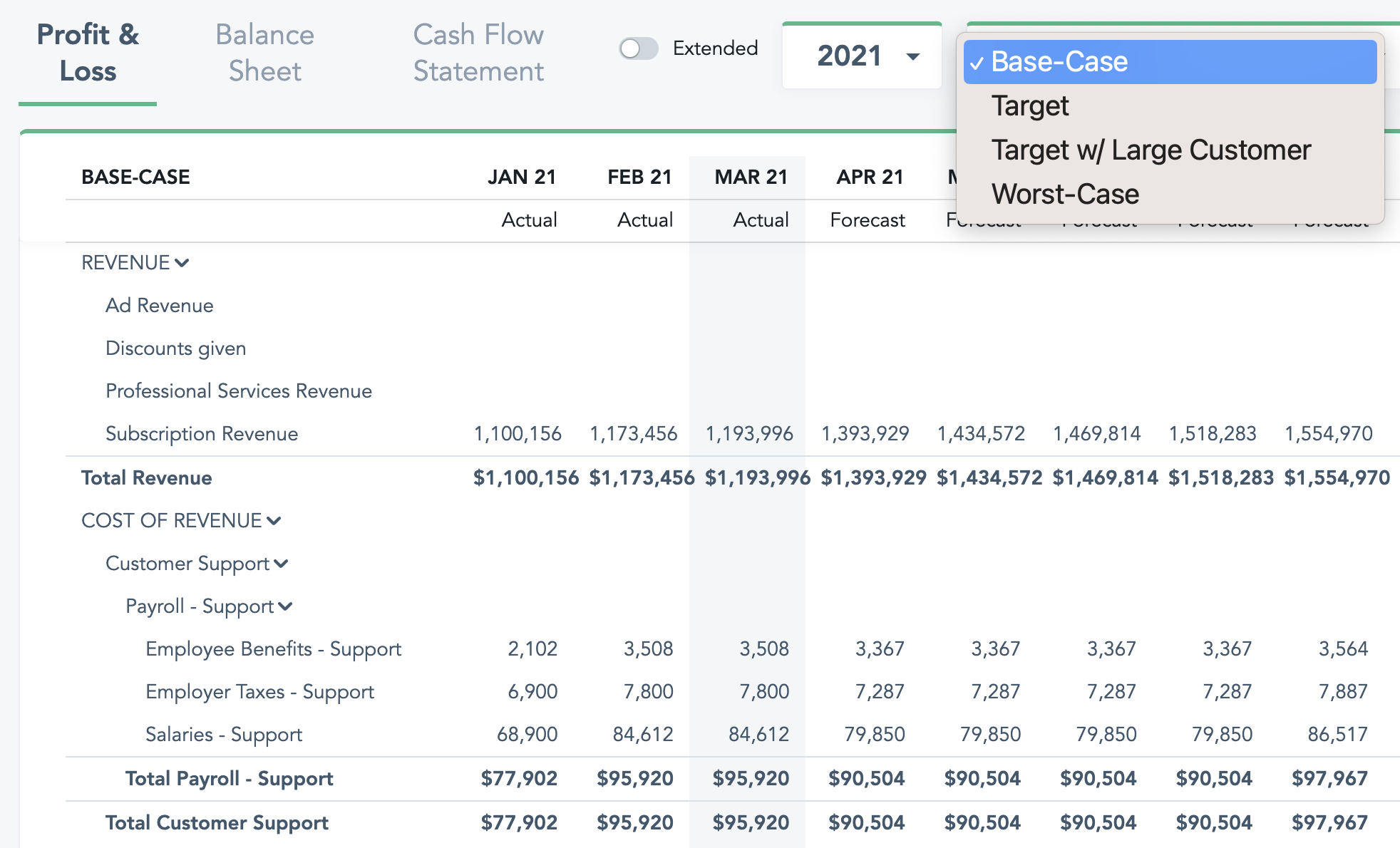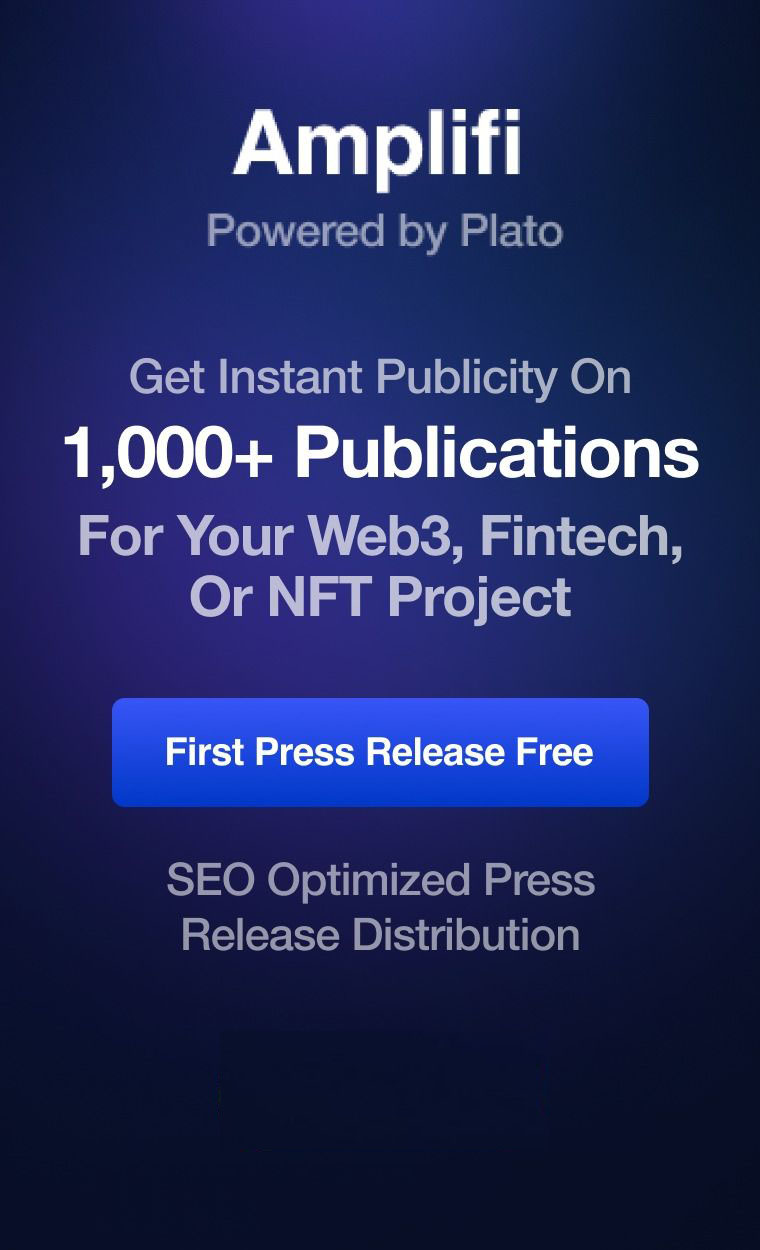During the early stages of building a SaaS startup, high-level sales projections might be enough to drive the direction of your company. But as a SaaS business grows, it becomes more and more critical to accurately forecast future revenue.
At some point, most businesses need additional capital to fuel growth. And the reality is that any potential investor or lender will want to see a reliable revenue projection to understand when (or even if) they’ll get a return on their money.
Besides raising capital, SaaS revenue forecasts are crucial for making important business decisions as the company grows. For example, you’ll be able to estimate when you’ll need to hire additional employees or how much you can afford to spend on marketing.
Read on to discover some best practices you can use to forecast revenue for your SaaS business.
Define Your Metrics Prior to Starting
First, you should define the revenue metrics that you want to measure based on the products your SaaS business offers. Here are a few different types of revenue metrics to consider:
- Existing revenue comes from customers that already have ongoing subscriptions. This is usually tracked with the monthly recurring revenue (MRR) metric, which is calculated using the number of customers and average amount billed for a given month.
- New revenue comes from the additional sale of new subscriptions. This can often be based on historical sales data as well as the strength of your sales pipeline.
- Renewal revenue comes from existing customers keeping the same subscription for another period when it’s up for renewal.
- Upsell revenue comes from customers upgrading to a higher-tier subscription or purchasing other add-ons.
Try Different Types of Revenue Forecasting
Besides deciding which revenue metrics to track, you’ll also want to decide the financial model you want to use to create forecasts. Here are a few common approaches to revenue forecasting:
- Lead driven forecasting uses the number of leads for a given period of time, the customer conversion rate, and average sale price to calculate a revenue estimate for each lead source.
- Lifetime value forecasting leverages the estimated value of the average customer to predict future revenue. There are many ways to calculate customer lifetime value, but one method is to divide the average MRR per customer by the customer churn rate.
- Opportunity forecasting predicts which prospects will become customers based on where they are in the sales cycle. You assign potential close rates to different stages of the sales pipeline and estimate the potential value of prospects to predict revenue based on current sales opportunities.
- Historical forecasting is the easiest method for predicting revenue, but not always the most accurate. You take historical sales data and make an assumption about business growth to estimate future revenue.
Forecast Multiple Scenarios
Scenario forecasting is a great way to deal with the highly unpredictable nature of running a business. This forecasting strategy involves modeling multiple “what if” situations to better prepare for the future. Here’s a few common scenarios to forecast:
- Target scenario: This is the ideal outcome that you’re shooting for and is usually based on fairly aggressive assumptions.
- Base-case scenario: This is a conservative estimate of what your business can most likely achieve and is often based on your average historical performance over the past few months.
- Worst-case scenario: This is the unlikely scenario that things go very wrong, often due to external factors outside your control.

Build forecasts based on different scearios in Forecast+ by Baremetrics
Leverage Historical Data
While scenario forecasting is great to consider unpredictable outcomes, traditional forecasting using historical data can often help determine the most probable outcome. This type of forecasting may be used to forecast the “base scenario” because it’s rooted in historical data. By implementing traditional forecasting, you avoid the qualitative guesswork with scenario forecasting and focus on the data.
Maintain Clean Data
The quality of your data will greatly impact the accuracy of your revenue forecasts, especially for more quantitative forecasts based on historical data. Gathering high-quality data requires a way to aggregate data from multiple sources into a clear set of business metrics all in one place. By maintaining clean data in a centralized hub, you can calculate more realistic metrics and forecasts that lead to better business decisions.
Look to Industry and Broader World Trends
Your revenue forecast and other business metrics become much more useful when you can view them in the context of your industry or broader world trends. For example, you can perform cohort analysis using live SaaS benchmarks to determine where your company stands compared to similar businesses.
Track Lost Deals and Integrate These Into Your Forecast
It’s easy to become overly optimistic about which deals you expect to close, which can affect the accuracy of opportunity or lead driven forecasting. Tracking lost deals is an important way to create a realistic estimate of customer conversion rates, and in turn, the future revenue to expect from any potential deal going forward.
Factor in Churn and ARR
When predicting future revenue, you can’t just look at new sales, upsells, and renewals. In fact, a key factor in forecasting revenue is understanding the impact of your existing annual recurring revenue (ARR) and churn.
One of the primary benefits of the SaaS and subscription business model is the guarantee of some future income through repeat billing — so it’s important to determine how much recurring revenue to expect. That means measuring customer retention is just as important as customer acquisitions when it comes to predicting future SaaS revenue.
Factor in Cost
When forecasting revenue, it’s also important to remember that sales are only one piece of the puzzle. There are always going to be additional expenses required to support business growth, whether it’s hiring new employees or increasing marketing budgets. By factoring in the costs associated with additional revenue, you’ll be able to get a better picture of what’s sustainable for your business.
Streamline SaaS Revenue Forecasting with Forecast+
Baremetrics built Forecast+ to give SaaS businesses the tools they need to easily and accurately forecast revenue. This helps you incorporate the best practices above into a financial model that includes traditional forecasting, scenario forecasting, and other methods for predicting the future performance of your SaaS business.

- SEO Powered Content & PR Distribution. Get Amplified Today.
- Platoblockchain. Web3 Metaverse Intelligence. Knowledge Amplified. Access Here.
- Source: https://baremetrics.com/blog/best-practices-for-saas-revenue-forecasting



